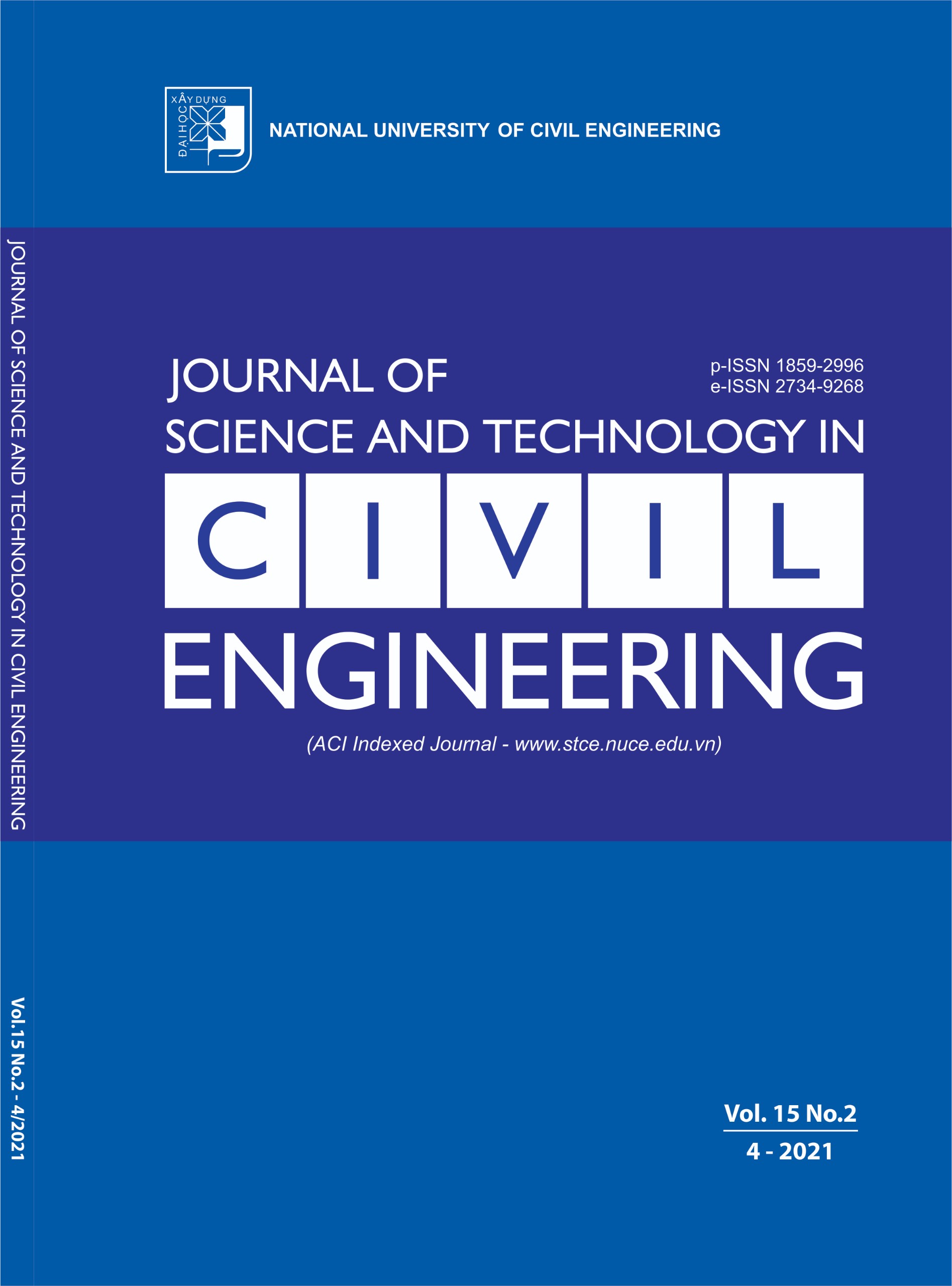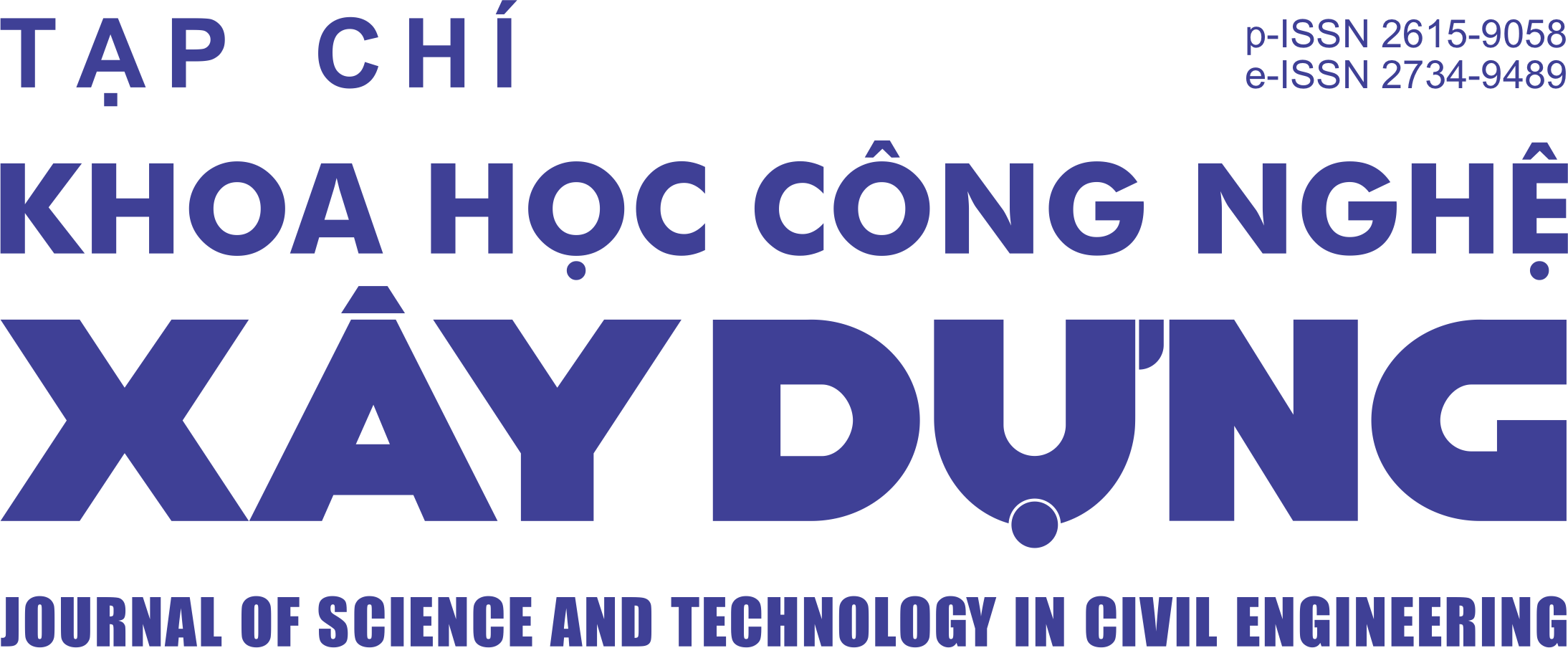Prediction of axial strength in circular steel tube confined concrete columns using artificial intelligence
Abstract
In recent years, together with the boom of the industrial revolution 4.0, terms such as artificial intelligence (AI) are gradually gaining popularity engineering domain. This study proposed a number of AI models for predicting the axial strength in circular steel tube confined concrete (STCC) columns. Particularly, artificial neural networks (ANNs), support vector regression (SVR), linear regression (LR), and M5P were applied in this study. This study applied 136 samples of short and intermediate STCC columns infilled with normal strength concrete, high strength concrete, or ultimate high strength concrete to evaluate the AI models. Compressive strengths of concrete cylinders was ranged from 23.20 Mpa to 188.10 Mpa. The AI models were assessed by statistical indexes including MAPE, MAE, RMSE, and R. The analytical results revealed that the M5P the most effective AI model comparing to others. Comparing with the other models, predicted data obtained by the M5P model show the highest agreement with the actual data in predicting the axial strength of STCC columns. Particularly, the MAPE and R of M5P models were 10.62% and 0.977 respectively. Similarly, the RMSE by the M5P model was 330.38 kN which is the lowest value among 419.39 kN by the LR model, 337.84 kN by the ANNs model, and 857.11 kN by the SVR model. Therefore, the M5P model can be considered as a useful tool to accurately predict the compressive capacity of the STCC columns.
Keywords:
artificial intelligence; circular steel tube confined concrete columns; axial strength; support vector regression.
Downloads
Copyright (c) 2021 National University of Civil Engineering

This work is licensed under a Creative Commons Attribution-NonCommercial-NoDerivatives 4.0 International License.
1. The Author assigns all copyright in and to the article (the Work) to the Journal of Science and Technology in Civil Engineering (JSTCE) – Hanoi University of Civil Engineering (HUCE), including the right to publish, republish, transmit, sell and distribute the Work in whole or in part in electronic and print editions of the Journal, in all media of expression now known or later developed.
2. By this assignment of copyright to the JSTCE, reproduction, posting, transmission, distribution or other use of the Work in whole or in part in any medium by the Author requires a full citation to the Journal, suitable in form and content as follows: title of article, authors’ names, journal title, volume, issue, year, copyright owner as specified in the Journal, DOI number. Links to the final article published on the website of the Journal are encouraged.
3. The Author and the company/employer agree that any and all copies of the final published version of the Work or any part thereof distributed or posted by them in print or electronic format as permitted herein will include the notice of copyright as stipulated in the Journal and a full citation to the Journal as published on the website.







